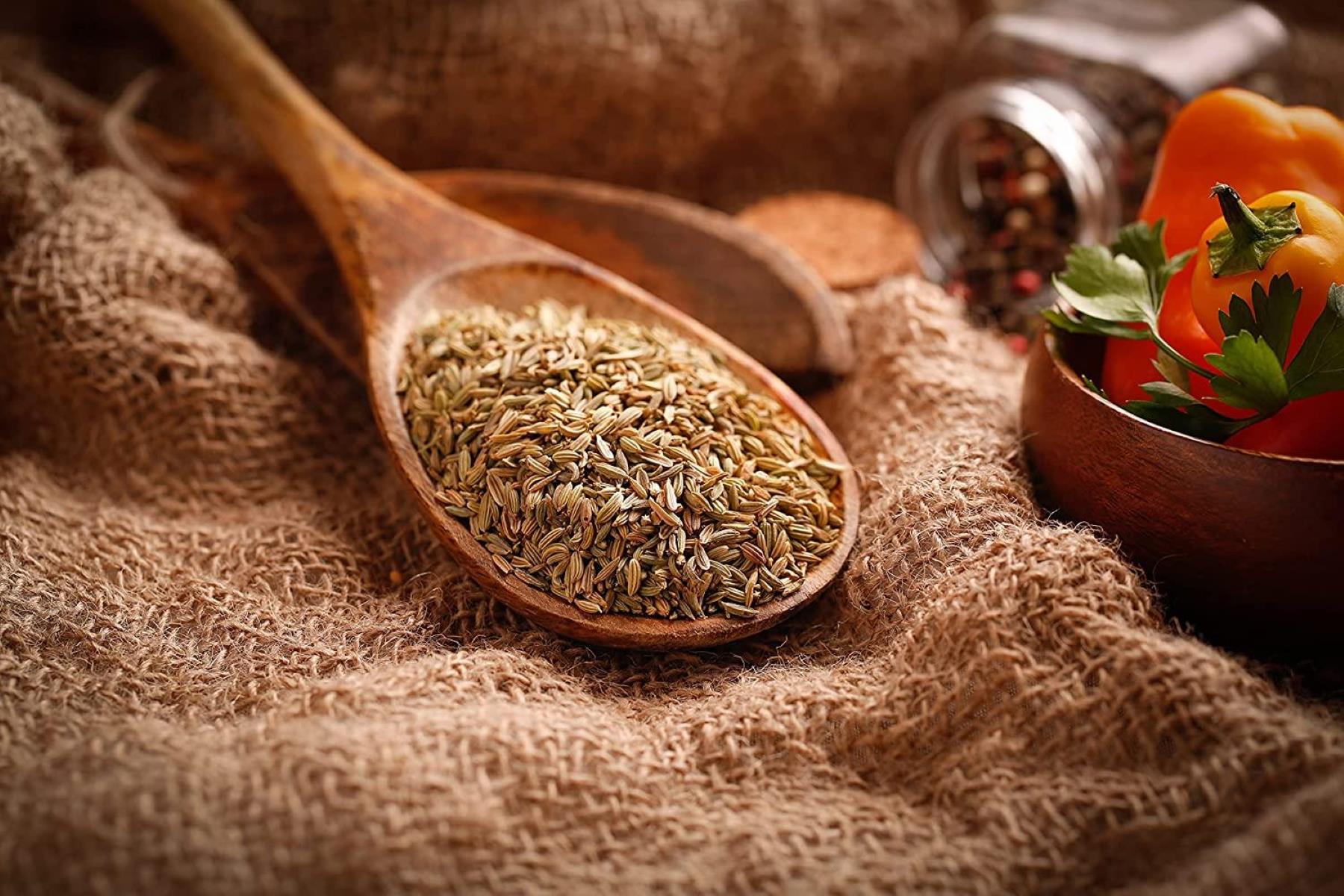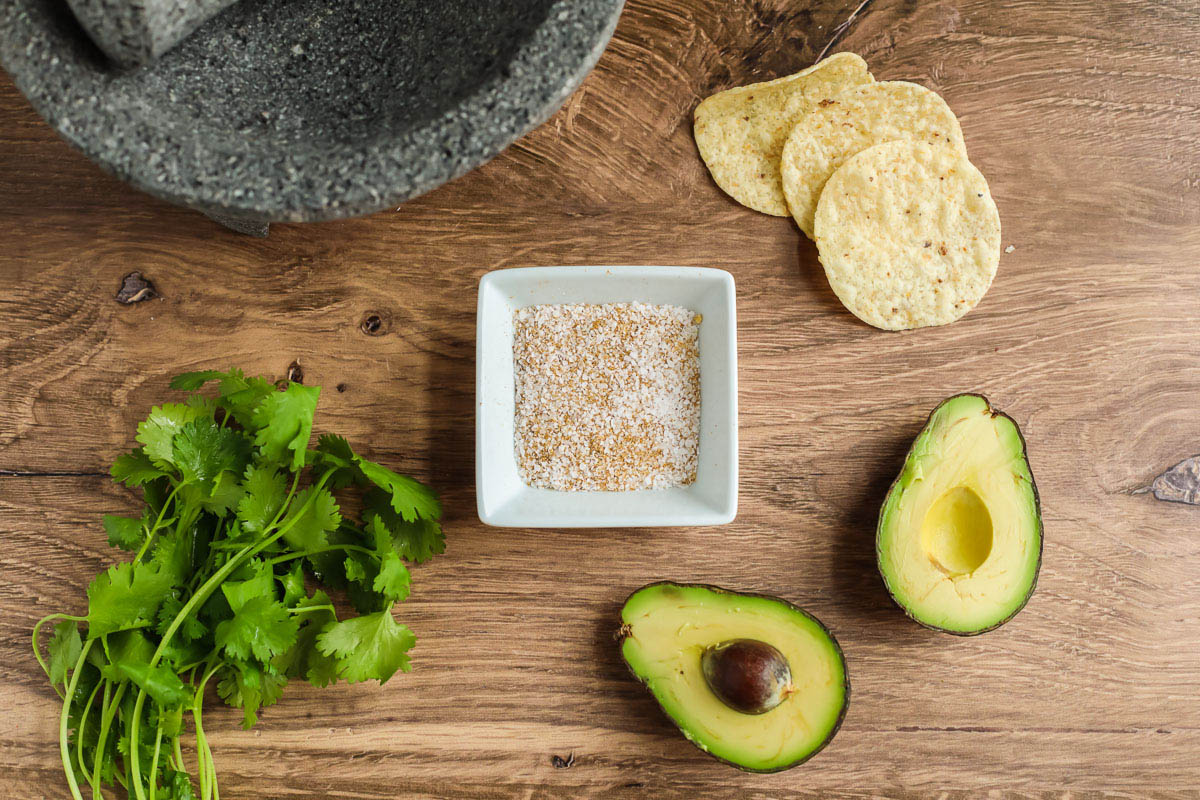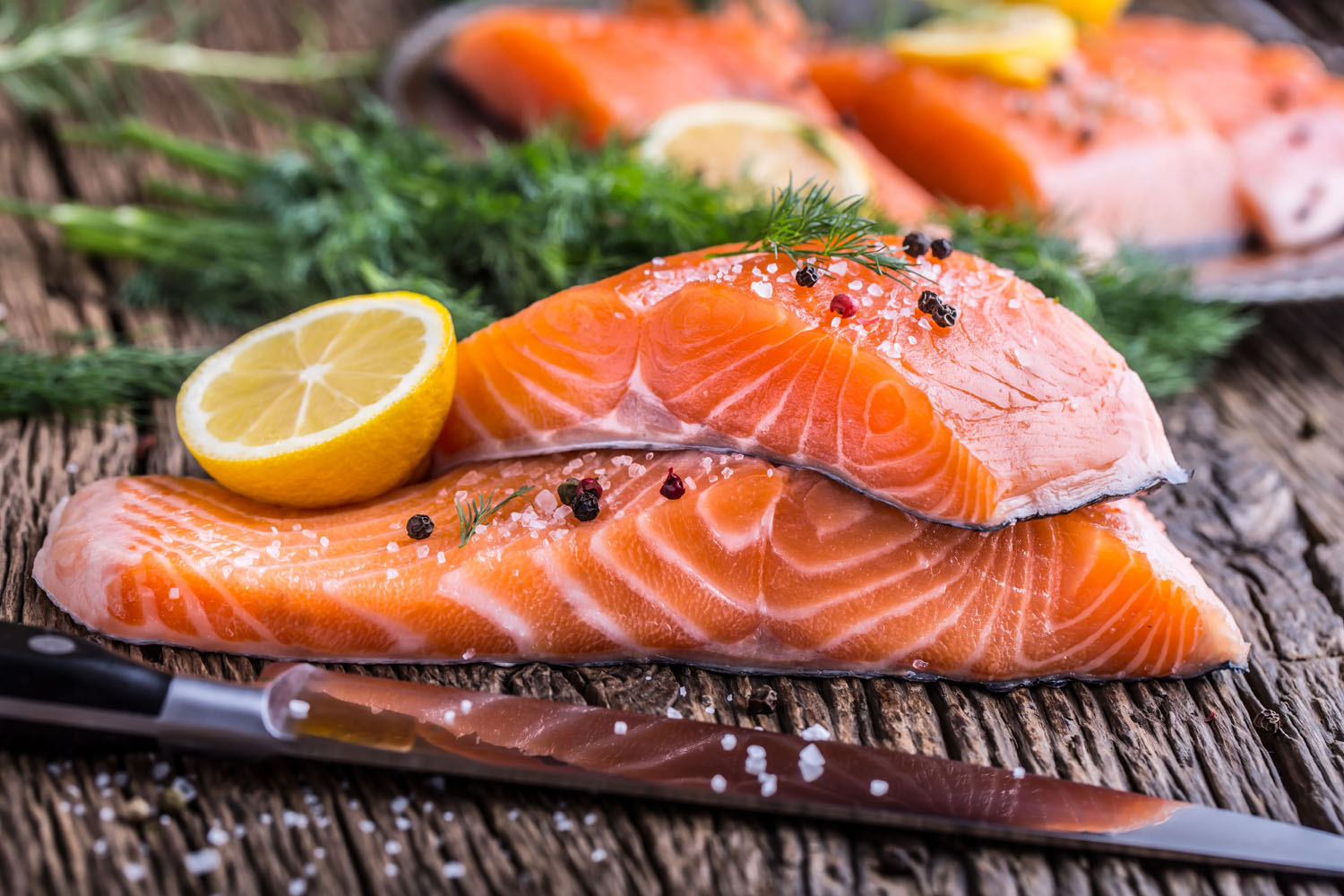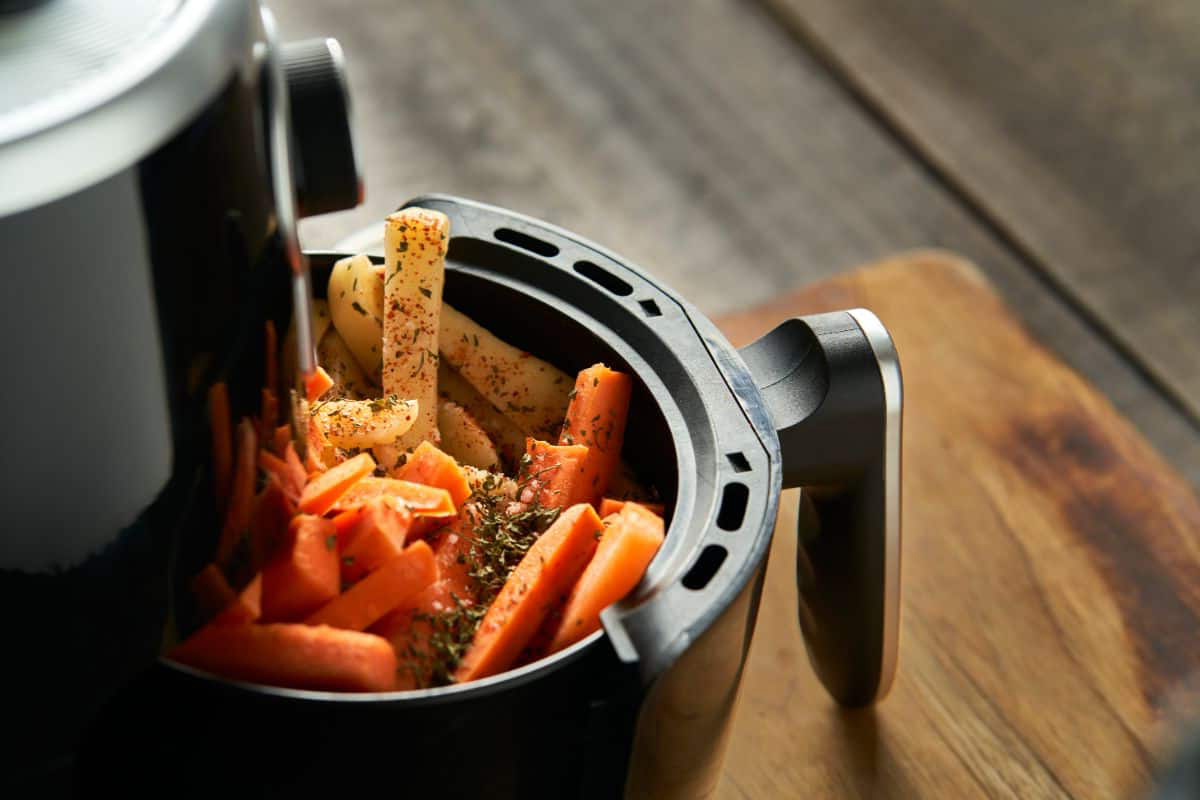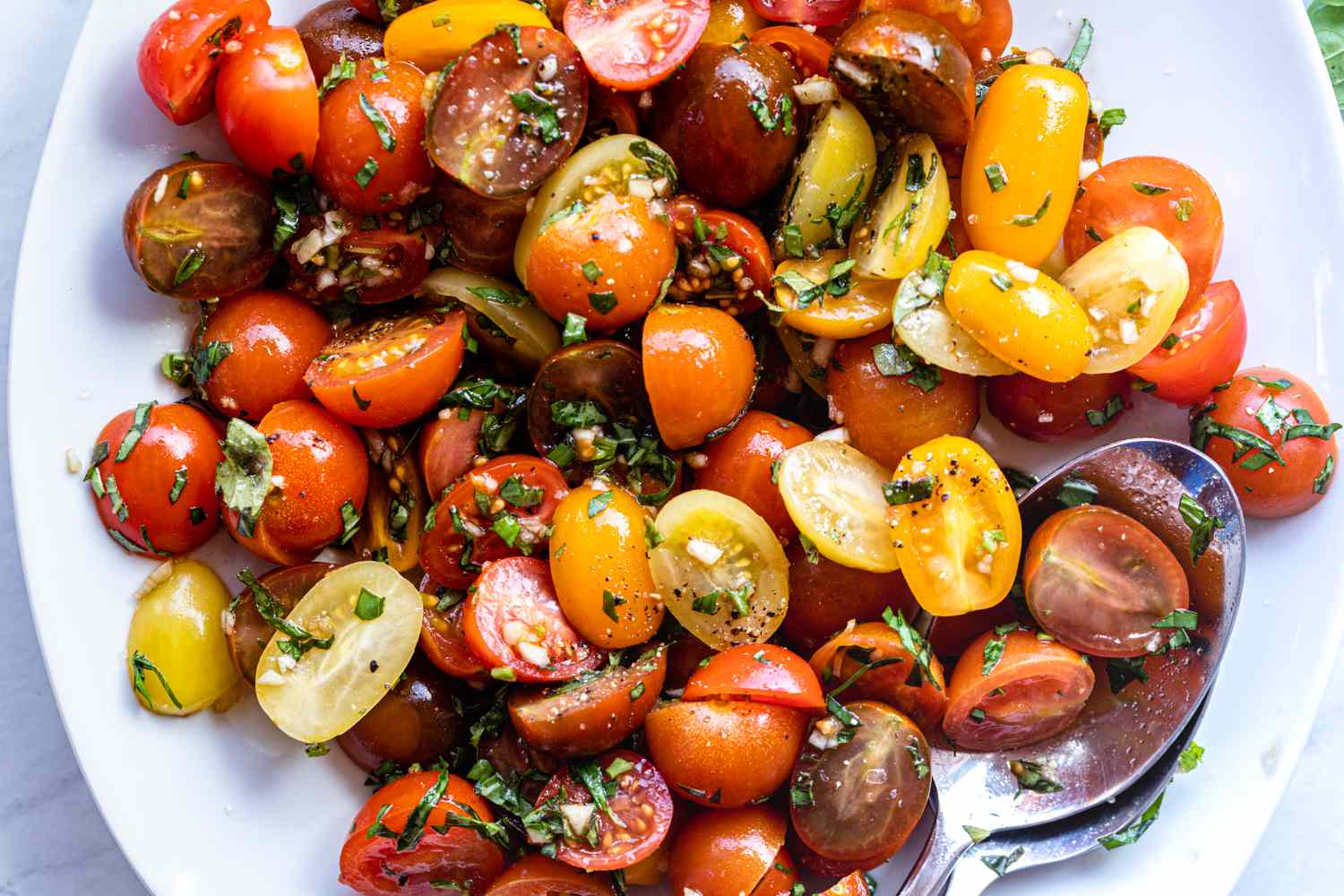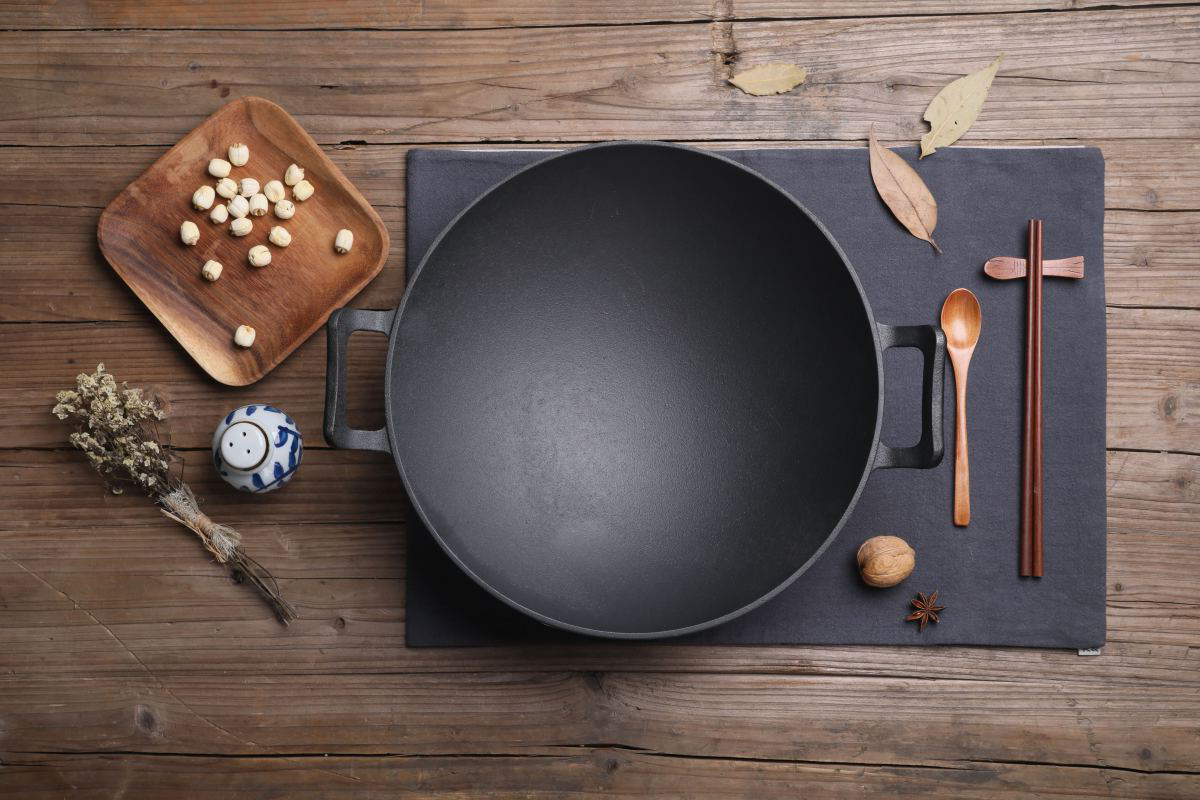When it comes to cooking pork, it's important to understand the differences between various cuts of meat. Two popular cuts that often cause confusion are pork loin and pork tenderloin. While they may sound similar, they are actually quite different in terms of flavor, texture, and cooking methods. In this article, we'll explore the distinctions between these two cuts to help you make informed decisions when preparing delicious pork dishes.
Pork Loin
Pork loin is a large cut of meat that comes from the back of the pig. It is known for its lean and tender qualities, making it a versatile option for a wide range of recipes. Here are some key characteristics of pork loin:
- Size: Pork loin is typically larger and wider compared to pork tenderloin.
- Flavor: It has a mild flavor with a slightly sweet taste.
- Texture: The texture is firm and meaty, with a good amount of marbling.
- Cooking Methods: Pork loin is well-suited for roasting, grilling, and pan-searing. It can also be cut into chops for individual servings.
Pork Tenderloin
Pork tenderloin, on the other hand, is a smaller and more delicate cut of meat. It is often considered one of the most tender and juicy parts of the pig. Here's what you need to know about pork tenderloin:
- Size: Pork tenderloin is long and narrow, usually weighing around 1-1.5 pounds.
- Flavor: It has a subtle, mild flavor with a hint of sweetness.
- Texture: The texture is very tender and lean, with minimal marbling.
- Cooking Methods: Pork tenderloin is best when cooked quickly at high heat, such as grilling, pan-searing, or roasting. Due to its lean nature, it can easily dry out if overcooked.
Key Differences
Now that we've outlined the basic characteristics of pork loin and pork tenderloin, let's summarize the key differences between the two:
- Size: Pork loin is larger and wider, while pork tenderloin is smaller and more slender.
- Texture: Pork loin has a firmer, meatier texture with more marbling, whereas pork tenderloin is extremely tender and lean.
- Cooking Methods: Pork loin is suitable for roasting, grilling, and pan-searing, while pork tenderloin is best cooked quickly at high heat to preserve its juiciness.
Cooking Tips
When preparing pork loin, consider marinating it beforehand to enhance its flavor and tenderness. For pork tenderloin, be mindful of its quick cooking time and aim to cook it to an internal temperature of 145°F for optimal juiciness and flavor.
In conclusion, while pork loin and pork tenderloin may share the word "pork" in their names, they are distinct cuts of meat with their own unique characteristics. Understanding the differences between the two will empower you to select the right cut for your culinary creations and ensure delicious results every time. Whether you're planning a hearty roast or a sizzling stir-fry, knowing the nuances of pork loin and pork tenderloin will elevate your cooking prowess and delight your taste buds.
Was this page helpful?
Read Next: What Is A Healthy Heavy Cream Substitute



